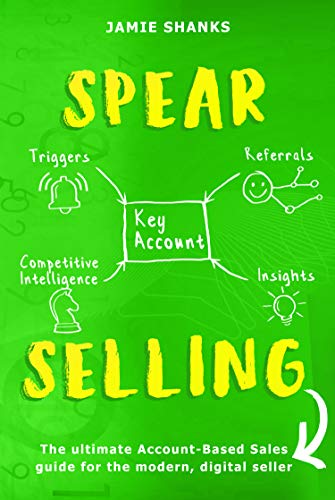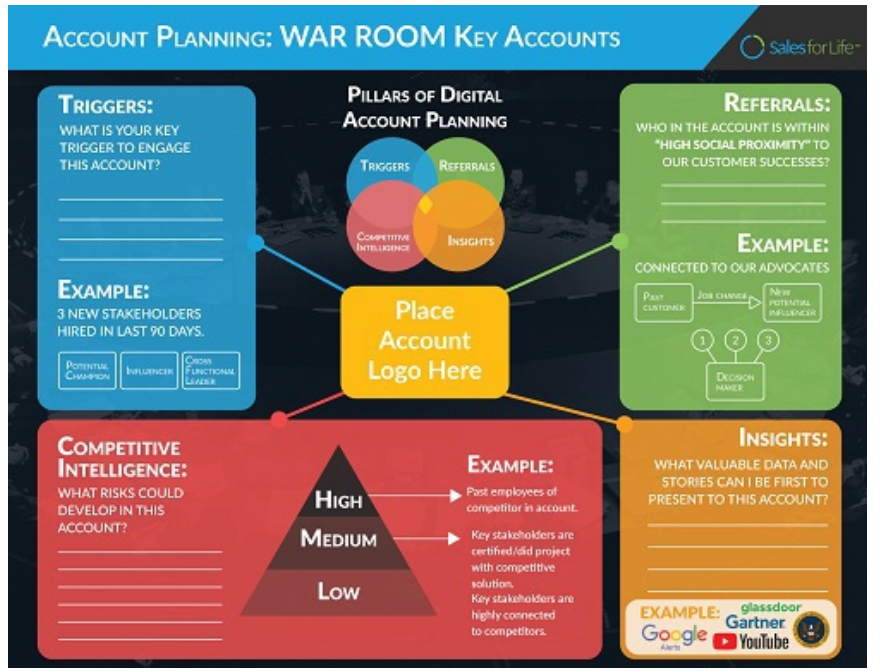I must admit to being a bit partial to the sales approaches laid out in Jamie Shanks’s book SPEAR Selling. Many of my thoughts on how to sell to major accounts show up on the pages of this book. Here’s a quick run through on a couple of the major elements of the book.
Account Selection
In my opinion, there are some important insights in SPEAR Selling about how to select target accounts. The big “aha” is selecting accounts not on demographics, like industry, geo and size but on “social proximity”.
This is something I’ve never really seen done in a formal setting but make so much sense to me. The reason it makes sense is that as Jamie points out, there’s a 4.2 x greater chance of getting an appointment if you have a relationship vs. if you don’t (source: Sales Benchmark Index).
Some of the people that can help you get into an account include:
- Current employees of the target company that you know
- People that you know that used to work at the target company
- People that work at companies that supply the target company
- Your personal connections that may know someone at the target company, for example, your family and friends
Account Strategy
Once you’ve figured out which accounts you want to target, SPEAR Selling lays out a solid framework for going after them. The four pillars of this framework are:
- Triggers
- Referrals
- Insights, and
- Competitive Intelligence
1. Triggers
The first element to securing a foothold at an account is to identify “triggers.”. Triggers help you prioritize which accounts to go after first and give you a reason to connect. Triggers give you clues that an account might be “in market” for your type of product or service. Examples of triggers are events like senior management changes (like a new CEO), merger or acquisition activity, company growth or new funding (such as VC funding).
2. Referrals
Referrals are the top way to boost the likelihood of getting a meeting—that first most important step into getting into a new account. Keep in mind that even if your connection is not your target buyer, just gaining a “coach” in an enterprise account can be a huge advantage. A coach can connect you to your buyer and they can give you critical inside intelligence about what is going on in that company.
3. Insights
What information can you present to people in your target account that they may find valuable? Even if you have a referral, it’s worth thinking about this. People today have no time to waste so everyone wants to know that you are addressing something high on their priority list. Having insight implies that you’ve done your homework and know something about the market you are operating in. Sometimes this just comes down to doing enough reading in the subject area and over time picking up the perspective of other companies about trends/issues in the market.
4. Competitive Intelligence
What are the competitive forces in the target account? Do your competitors have a strong position? Should you rule this account out if your competitors are too well entrenched? Consider how you might best maneuver in this account given your competitors strengths and weaknesses.
SPEAR Selling goes on to lay out several “plays” to help you “land and expand” in major accounts. If you interested in these, pick up a copy on Amazon here.

